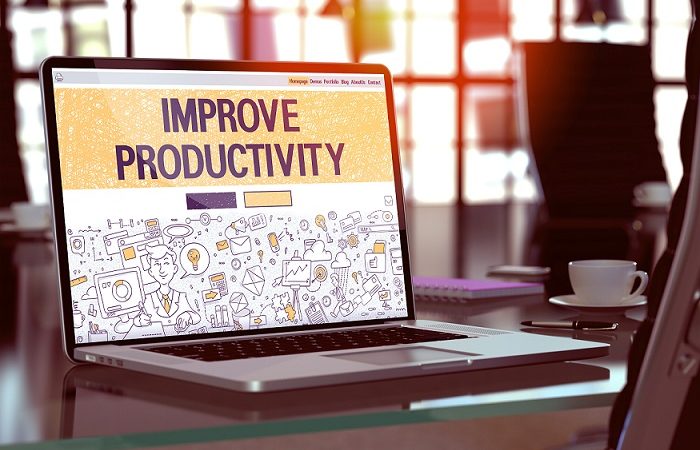Tim Minahan, Chief Marketing Officer, Citrix, tells us gains in workplace productivity are in danger of being wiped out and urges companies to rethink the role of technology and how they apply it across their organizations.
In response to the global pandemic, companies have given their workforce the tools they need to work remotely and research shows it has increased their engagement and productivity. But these gains are on the brink of being wiped out. A new set of studies reveals that employees feel they’ve been given too many tools and not enough efficient ways to execute them, and it’s hindering their ability to get things done.

To remedy the problem, companies need to rethink the role of technology and how they apply it across their organizations so that employees, rather than being frustrated, are empowered to succeed. And they need to recognize a few things:
App sprawl is out of control
When they were forced to send employees home, companies rolled out tools designed to keep them engaged and productive and they initially worked. But these tools are beginning to have the opposite effect. People are working the same or more hours, but they’re accomplishing less because technology is getting in their way.
According to Work Your Way, a survey of 1,000 IT decision-makers and 2,000 workers, the number of tools employees are required to use to do their jobs has significantly increased during the pandemic, as has the complexity they are creating in the workplace. As uncovered by Work Your Way:
- 64% of workers are using more communication and collaboration tools than they were prior to the pandemic, with 33% touching 10-20 per day, and
- 71% say these tools have made work more complex
A new digital divide is emerging
Workstyles have fundamentally changed, and people are not going back to working the way they did. Work Your Way confirms this. Nearly 90% of respondents to the survey say they want the flexibility to continue to work at home and in the office post pandemic – and they will work differently in both locations.
The fully remote work model forced by the pandemic has in many ways leveled the playing field. In a remote work world, everyone appears in equal boxes on the screen and has the same access to information and opportunities to contribute to a project. As companies move toward hybrid models, they must maintain this consistent, inclusive and equal experience to ensure that no employee is at a disadvantage because of their work location and reap the improvements in effectiveness and productivity that more flexible work models can drive.
- 46% of decision makers surveyed believe offices will become hubs for team collaboration, connection and innovation, while working from home will focus on individual activities, and
- 49% of employees agree
Regardless of their physical location, employees need to be empowered with tools that provide a consistent, secure and reliable experience and allow them to work the way they work best.
Shared digital workspaces are the future of work
To effectively narrow the digital divide that hybrid work threatens to open, companies must establish a shared digital workspace that provides a common and transparent environment in which teams have consistent access to applications and information and can efficiently collaborate on projects to get work done, wherever it needs to get done.
Supported by policies that encourage collaborative and equitable working methods, such workspaces can foster efficient work execution from anywhere. Savvy organizations recognize this and see digital workspaces as a way to deliver it. With the collaborative work management capabilities of digital workspaces, they can ensure that whether employees are in an office sitting next to a co-worker, or working with teams across multiple geographies, they have the same access to information and project status and equal ability to contribute and execute work.
Supported by policies that encourage collaborative and equitable working methods, such workspaces foster efficient work execution from anywhere through:
- A shared environment to streamline execution, enhance collaboration and ensure equitable access and sharing of information for all teammates, regardless of where they are working
At the end of the day, technology is killing the employee experience.
Employees just want a simpler way to work, powered by technology that eliminates the friction and noise from their days and adapts to their workstyles rather than forcing them to learn new ways of doing things. And if they want to see their business thrive, companies need to deliver it.
Hybrid work is the way of the future, and companies that understand the risks inherent in the model and carefully plan their transitions can avoid the pitfalls and foster inclusive environments. If they get this right, their employees will then have equal opportunities to innovate and create from any location, and help themselves and their companies succeed.


